NoSQL Database Explained
As the name implies, NoSQL, also called Not-only-SQL, is the database that let the developers store/manage unstructured data and perform complex analytical operations on it as well. Nowadays, a wide range of NoSQL databases are available, and developers can choose according to their requirements. So, the companies and developers now do not need to be confined to a single database platform.- NoSQL database was first adopted by companies such as Amazon DynamoDB, Google, and others to solve real problems. These companies realized that SQL didn't meet their requirement and decided they needed NoSQL databases for this problem.
- Then they tried their traditional approach; they upgraded to faster hardware. When even that did not work, they tried to scale existing relational solutions by de-normalizing the schema. NoSQL databases store the data in the denormalized form and follow the different models to store the data depending upon requirements, which are explained further in this blog.
Key Characteristics of NoSQL Database Due to a mismatch between the in-memory data structure and relational data structure of applications, many problems were faced by application developers. By using NoSQL databases, developers do not need to convert in-memory structure to relational structure. Hence, they also use it as an integration point to the application.
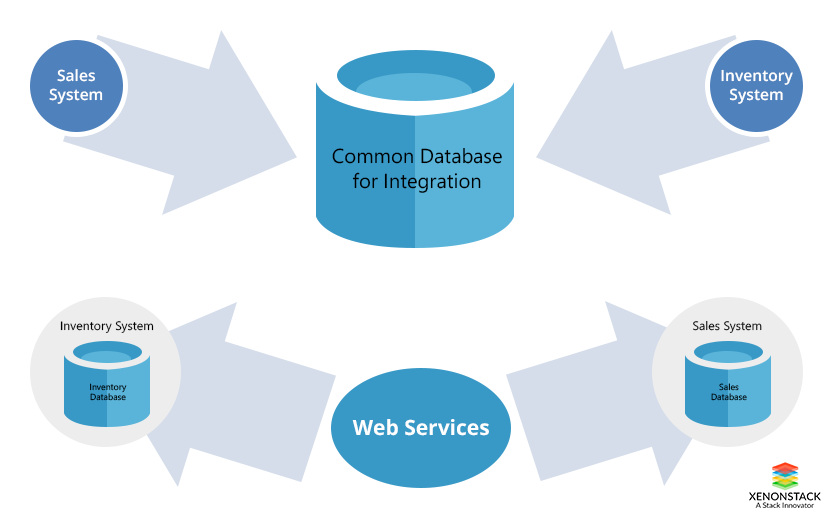
- Relational databases were not designed in such a way that they could run perfectly on clusters.
- An ERP application's storage needs are very different from the data storage needs of Facebook and other such applications.
Features of NoSQL Database
- The need for Speed - Whenever a fast response time is required, the data should be placed in the memory. In this case, when a speedy response time is required, we have to choose a database that stores the data in the memory.
- The need of Scale - With the increased number of users and data volumes organizations requires such databases which are easily scalable.
- Need for Continuous Availability - Slow performance can drive a customer away and nothing is worse than downtime. There is a difference between high scalability approach that RDBMS offer with master-slave architecture and the continuous availability that NoSQL databases like Cassandra offer no downtime with redundant copies of data are being spread throughout a cluster across multiple locations.
- Need for Location Independence - The ability to serve data quickly to multiple locations is critical. Because of fundamental master-slave design, RDBMS struggles to provide fast read access to many locations.
Moving From Relational Database to NoSQL Database
-
New Applications
-
Augmentation (a process of making greater or larger in size)
-
Full Rip-Replace
Requirements To Move From RDBMS To NoSQL Database
- RDBMS systems are made such that they don’t scale.
- Handle things like foreign keys, maintain relations over the entire data set. The problem with this is to handle the data on a large set of machines with their foreign key relationships.
- According to CAP only two properties out of three can be achieved. If the consistency is the absolute requirement we have to give up the other two. Because the RDBMS follow ACID(Atomicity, Consistency, Isolation, Durability), so it is difficult to scale the RDBMS. Almost all data stores handle things like-
- Concurrency
- Queries
- Transactions
- Schema
- Replication
- Scaling
- Shorter time
- Few resources usage
- There is also a tradeoff between resource usage and processing time. In general, we can say that we can reduce the processing time by consuming more resources. Conversely, we can reduce the processing time by consuming more resources.
Types of NoSQL Databases
There are different types of data stores under NoSQL databases available which allow storage of data. These have different ways to store data. Some of the data stores that come under NoSQL databases are explained below :Key-Value Database
- The Key-value store or key-value based database is a database that uses an associative array(such as a map) where each key is associated with one and only one value in a collection. This kind of relationship is referred to as a key-value pair.
- In a Key-value pair, each key value is represented as an arbitrary string such as a hash value.
- The value is stored as a blob.
- The storage of value as BLOB removes the need to index the data to improve performance so that we cannot control what's returned from a request by value.
- Key-value stores do not have any query language. They only allow to store, retrieve and update data using simple get, put and delete commands and the data can be retrieved by making a direct request to the object in memory or on disk.
- Some examples of key-value store Databases are -
- Queries - Queries are performed only on the basis of the key.
- Schema - It stores the data on the basis of the key-value pair. It stores the data corresponding to the key in the format of a BLOB.
- Scaling up - Keyspace is shared means that key starting with A data for this key will go to one server. Key starting with B data for this key go to another server. But it exposes the system to data loss if a server goes down.
- Replication - When we write data to multiple machines. If there are two servers in the cluster then the value of key “ABC” are two different things for two different servers. Resolving this is a complex issue and during updates it creates problems.
Uses of Key-Value Store
Key/value stores are used when we have to access the following data -- session
- shopping cart info
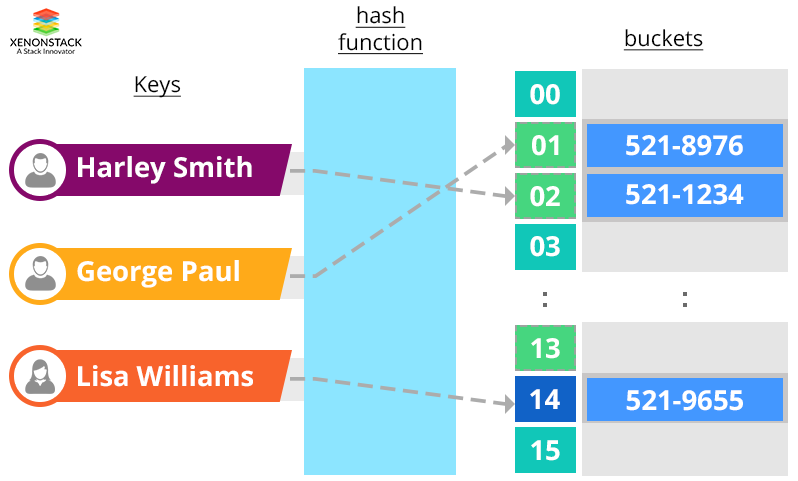 This key/value database allows us to read and write values as follows -
This key/value database allows us to read and write values as follows -
- Get (key) returns the value associated with the provided key.
- Put (key, value) associates the value with the key.
- Multi-get (key1, key2, .., keyN) returns the list of values associated with the list of keys.
- Delete(key), removes the entry for the key from the data store.
Document Database
- Document-based databases are similar to key/values databases. They store data on the basis of the key/value which is similar to a key-value database. But the only difference is that it stores the values in the form of XML, JSON (javascript object Notation), BSON (Binary encoding of JSON objects).
- The database understands the format of data so that the operations can be performed easily.
- It allows the storage of complex data. If we want to store trees, collections, and dictionaries, then it is a good choice.
- It does not support relations. Each document is standalone. It can refer to other documents by storing their key, corresponding to the particular document.
- Document-based databases do not support the joins, so it almost overcomes the problem of sharing the data across multiple nodes.
- Some of the document-based databases are -
Queries - There is no other way to query the data except the key-value stores. We can also perform range queries on the basis of a key.
Transactions - Mostly document-based database support transaction for a single document.
Schemaless - Schemaless means it does not require any schema to store the data. Each document can differ in the number of columns. It understands the data of JSON format only.
Scaling up - In this database, each document is an independent document. It does not support joins. So it is easily possible to share the data across multiple nodes independent of each other.
Column-family Database
Column-family databases store data in column families as rows. These rows have many columns associated with a particular row. Column families basically contain the group of correlated data which we can access together.- Each column family can be compared to a container of rows in an RDBMS table where the key identifies the row and the row consists of multiple columns.
- Rows do not need to have the same columns, and columns can be added to any row at any time without having to add it to other rows.
- When a column consists of a map of columns, we have a super column. A super column consists of a name and a value which is a map of columns. Think of a super column as a container of columns.
- Some Column-family databases are -
- Cassandra
- Hbase
- Hypertable
- Amazon DynamoDB
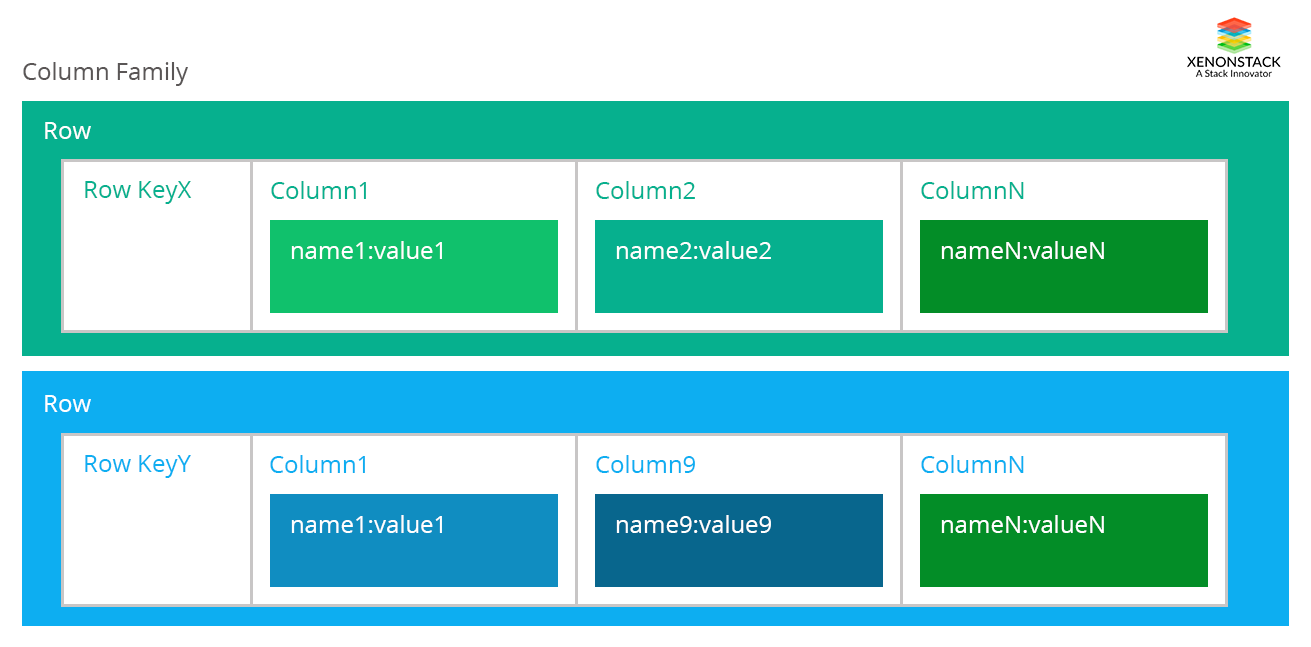
4 Major Benefits of Column Family Database
- Compression - Column-based data storage stores data efficiently through data compression and by using data partitioning.
- Aggregation Queries - Due to the structure of the column family data structure, they perform particularly well with aggregation queries (such as SUM, COUNT, AVG etc).
- Scalability - Column databases are more scalable as compared to other databases. They are well suited for a data structure where data is spread on a large cluster of machines, often thousands of machines.
- Fast to load and query - Columnar stores can be loaded fast. A table containing millions of rows can be loaded within a few seconds. We can start querying and analyzing immediately on the loaded data.
Understanding Graph Database
Graph databases allow you to store data in the form of nodes and edges in which nodes are represented as entities and relationships are represented in the form of edges. Node is an instance of an object in an application. Relations which are known as edges can also have their properties. Edges have directional significance to represent the relationship between the edges.- The graph database allows you to store the data only once and a number of different types of relationships can be stored in these nodes.
- Relationships which are represented in the form of edges can be unidirectional, bi-directional which is same as the one to one, one to many, many to one and many to many relationship types of Relational Database Management System.
- In RDBMS, adding another relation after the schema creation results in a lot of schema changes and data movement. But this problem of RDBMS is overcome by graph databases. It requires only storing data once in the form of nodes, then after a number of different types of relationships in form of edges can be specified to the already stored data (data which is stored in the form of nodes).
- In graph databases, relationships between the nodes are not calculated at query time because it is persisted as a relationship. Traversing persisted relationships are faster as compared to calculating the relationship at query time.
- Relationships are an important part of the graph database. By adding properties to the edges (relationships), we can add some level of intelligence to the graph database.
- Adding new relationships to the graph databases is easy. But changing existing relationships to the graph databases is a difficult task because changes have to be made on each node and for each relationship in the existing data. So changing the existing node and their relationships is similar to data migration.
- Since most of the queries to the graph database are answered on the basis of relationships and its properties, it is mandatory to choose the relationship properly.
- There are different types of graph databases. Some graph databases, support only single-depth relationships. With some graph databases, we can not traverse more than one level of relationship.
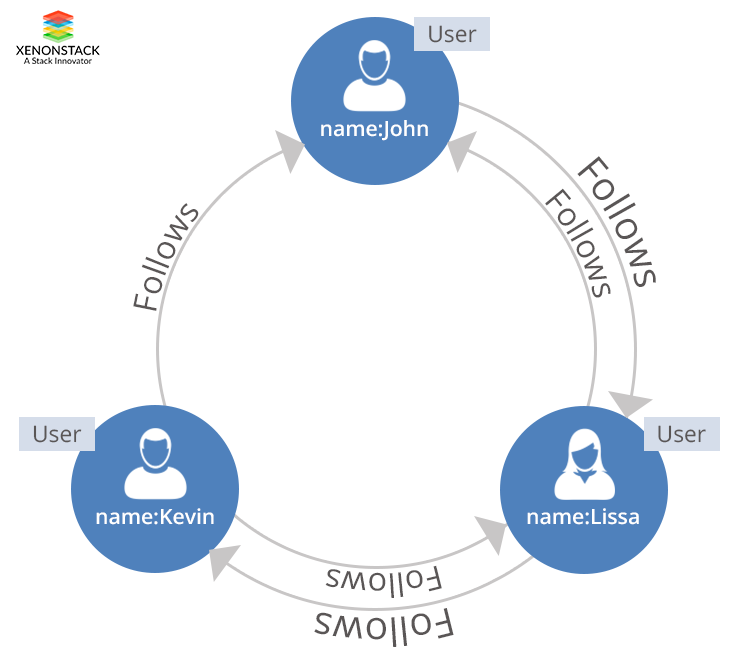
Choosing Right NoSQL Database
-
The Data Model
-
Data-Scaling expectations
Choosing a Data Model
- To choose a data model, it is first required that we check what type of data is required to be stored. Depending on that, we choose the data model.
- If the data is to be represented in the form of a graph, then the graph database is used.
- If we have to store the data in the form of the key-value pair then we can choose a key-value database or document database is chosen.
- Different data models are used to solve different problems. For example: if we are solving the graph problem with the relational database, so it is better to resolve the graph problem with the graph database.
What is the CAP Theorem?
The concept of consistency(C), availability and partition tolerance(P) across distributed systems gives rise to the need for CAP theorem. But CAP theorem demonstrates that any distributed system cannot guarantee C, A, and P simultaneously.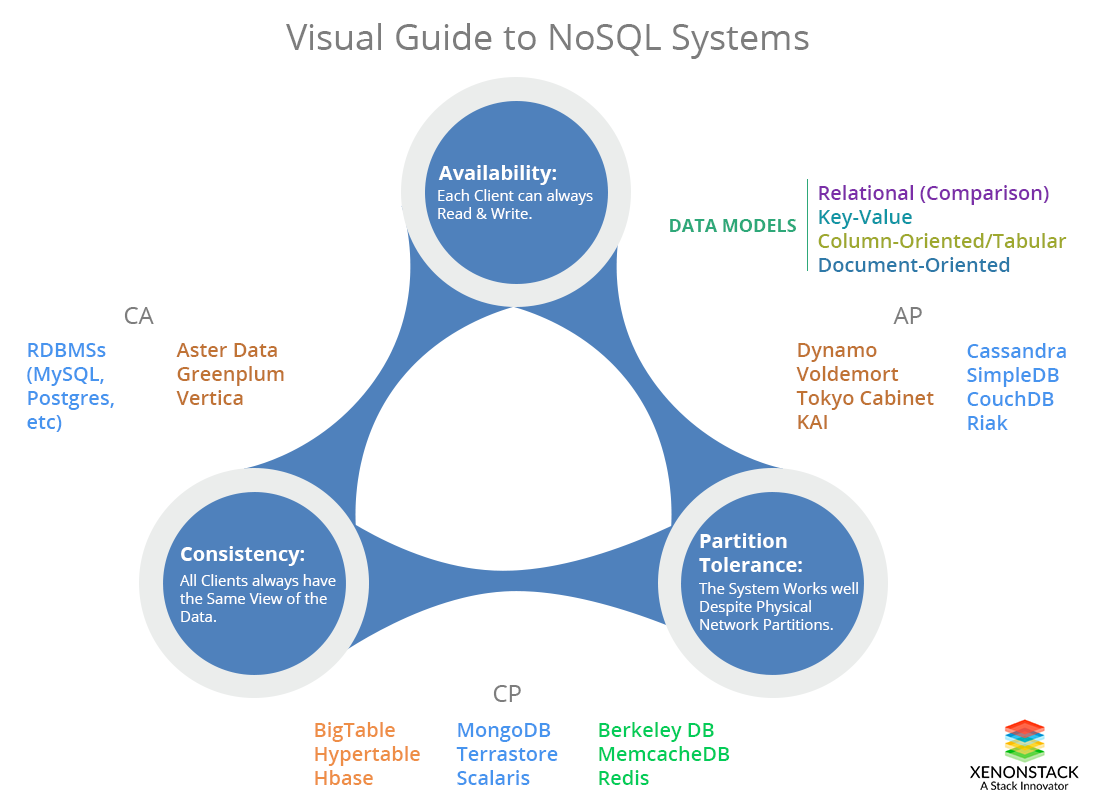
-
Consistency in CAP Theorem
-
Availability in CAP Theorem
-
Partition Tolerance in CAP Theorem
- CA(Consistency and Availability)
- AP(Availability with partition Tolerance)
- CP(consistency with partition Tolerance)
- Vertica (column-oriented)
- Aster Data (relational)
- Greenplum (relational)
- BigTable (column-oriented/tabular)
- Hypertable (column-oriented/tabular)
- HBase (column-oriented/tabular)
- MongoDB (document-oriented)
- Terrastore (document-oriented)
- Redis (key-value)
- Scalaris (key-value)
- MemcacheDB (key-value)
- Berkeley DB (key-value)
- Dynamo (key-value)
- Voldemort (key-value)
- Tokyo Cabinet (key-value)
- KAI (key-value)
- Cassandra (column-oriented/tabular)
- CouchDB (document-oriented)
- SimpleDB (document-oriented)
- Riak (document-oriented)
Column Family vs Column Store Database
Bigtable, HBase, Hypertable, and Cassandra come under column-store databases due to their ability to store and access column families separately. This makes them appear in the column store like: Sybase IQ, C-Store, Vertica, Vectorwise, MonetDB, ParAccel and Infobright which are also able to access columns separately. In NoSQL, column store databases are categorized into two groups -- Group A: Bigtable, HBase, Hypertable, and Cassandra. These four systems are not intended to be a complete list of systems in Group A.
- Group B: Sybase IQ, C-Store, Vertica, VectorWise, MonetDB, ParAcce, and Infobright.
-
Data Model
-
Independence of columns
-
Optimized workload
NoSQL Challenges
-
Data Model Differences
-
The Distribution Model
-
No Advanced Expertise
-
Lack of Security
Conclusion NoSQL Database
NoSQL database provides us many benefits, consistency, availability and partition tolerance. It also provides facilities to easily store the graph data, which is not available with SQL databases. Instead of that, there are some problems with NoSQL databases. One of the drawbacks of NoSQL databases follows CAP, according to this database which follows CAP can obtain only two out of three and have to skip the third one. Because with the CAP only two properties can be achieved. But it provides us with the facility to store the data in the form of denormalized form.- Explore the Difference between "SQL vs NoSQL vs NewSQL"
- Learn more about "Database Testing" in this insight
- Get in Touch with us for "Database Migration Services"
.webp?width=1921&height=622&name=usecase-banner%20(1).webp)


